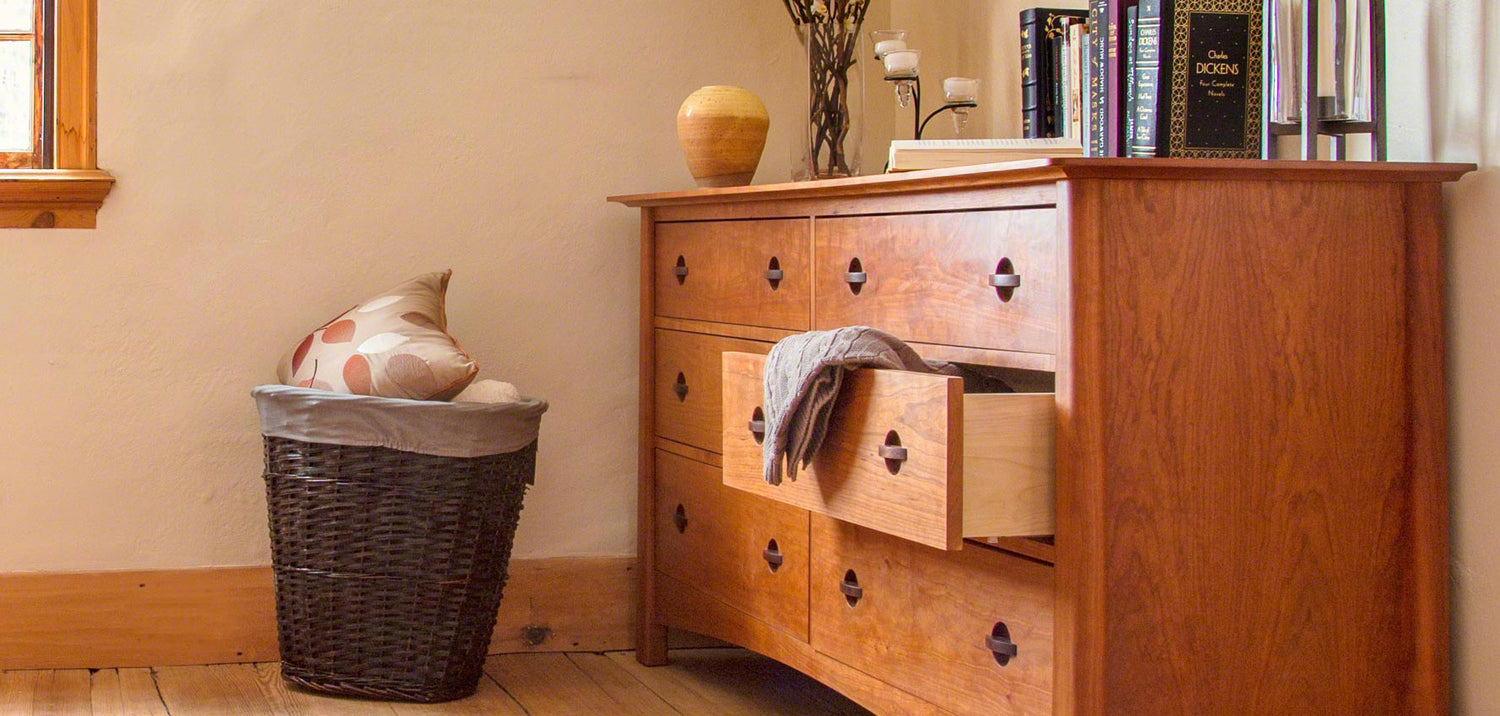Poplar Wood
Poplar wood is typically a white or creamy yellow hue, though it can be brownish or appear with mineral streaks of various colors in it, referred to as “rainbow poplar.” Although it is used more for utilitarian purposes (it’s more likely to be used for drawers than cabinet fronts or for match sticks than tables), it does occasionally make an appearance in some artisan furniture.
-
The “poplar” name comes from Ancient Rome, as the trees were routinely planted in public spaces or near people; the “populus.” However, when Americans speak of poplar wood, they’re really speaking of wood which comes from the Liriodendron tulipifera, or the tuliptree. Other names it goes by include the American tulip tree, tulipwood, tulip tree, tulip poplar, whitewood, fiddletree, and yellow poplar. Native Americans might also know it by its Miami-Illinois name “oonseentia,” while those outside the US may see it imported under the name “American tulipwood” today.
There is a genus referred to as “populus,” which contains more than two dozen species of flowering plants, including aspen and true poplar trees. In these cases, it’s the white poplar, not the yellow. White poplar may also be referred to as populus alba, abele, silver poplar, or silverleaf poplar. It’s most often considered ornamental, though it does get regular use for making things like paper, plywood, and chopsticks.
-
Characteristics of Poplar Wood
- Color: White to light cream and brown, sometimes with mineral stains.
- Source: Tuliptree (Liriodendron tulipifera L.)
- Durability: 540 lbf (2,400 N) on the Janka scale
- Cost: $3.20-4.85 per board foot
- Common Uses: Toys, carvings, plywood, crates, pallets, furniture frames.
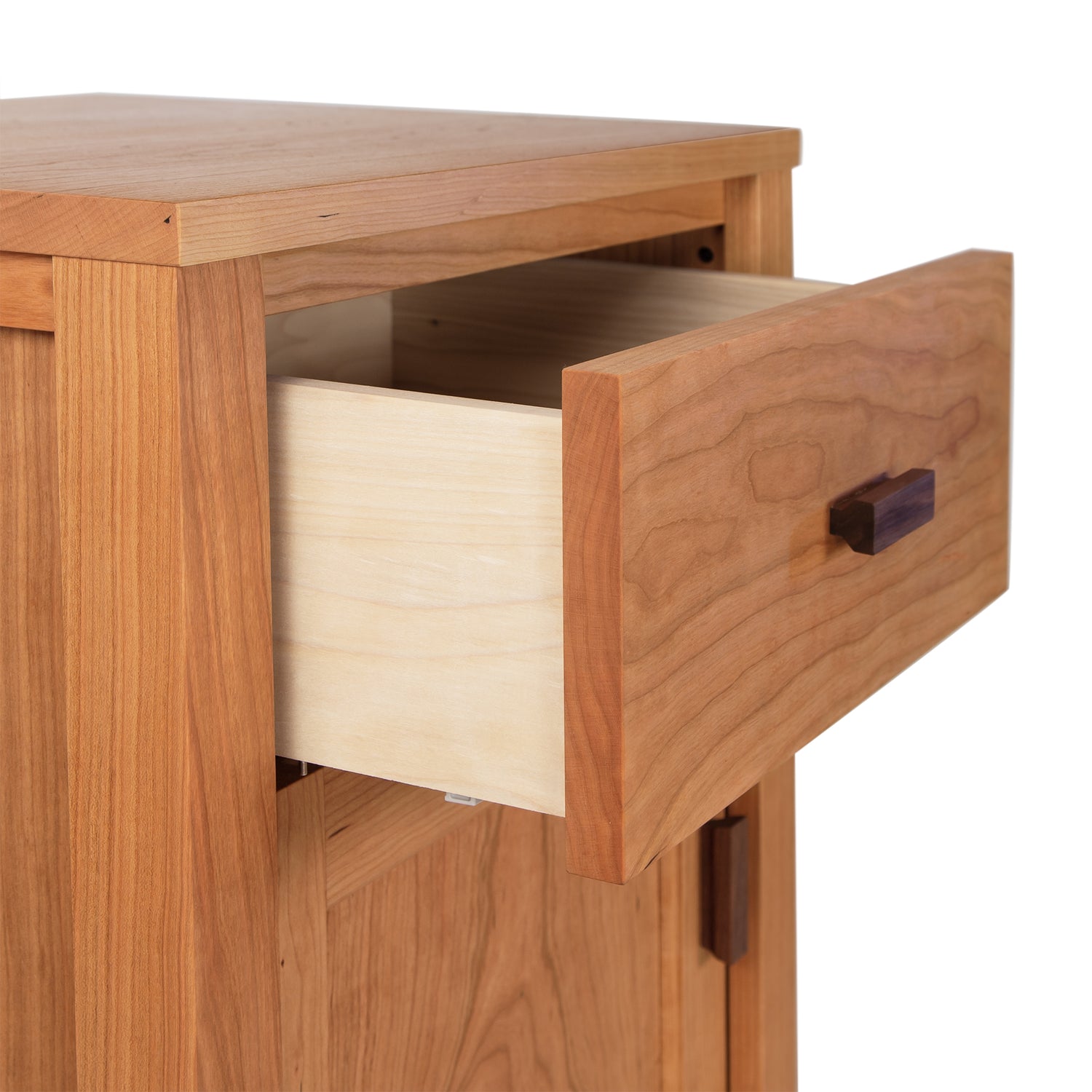
What Color is Poplar Wood?
The heartwood, or innermost part of the tree, is typically a light cream to yellowish brown, though it may even appear green. It’s not always easy to see where the heartwood meets the sapwood, or outermost part, though the sapwood is usually white to pale yellow. These colors will darken or become yellower with age.
Because of poplar’s unusually light hue, it sometimes soaks up minerals from the ground. When this happens, all sorts of colors may streak through the wood, from blue to green, purple, red, and yellow. This is referred to as “rainbow poplar,” and it’s wood with these characteristics which tend to get used more for their beauty, whereas traditional poplar is used more for utilitarian purposes.
What are the Common Uses of Poplar Wood?
Native Americans used yellow poplar for canoes. It has also historically been used to create dinnerware, coffins, toys, carvings, crates, pallets, and frames for upholstered furniture. It may also be used as a veneer, in plywood, and in doors, but in these cases, it’s tucked away as a core. When appearance matters, another wood is typically layered over the top.
What Does the Grain Pattern of Poplar Wood Look Like?
Poplar wood has a straight and uniform grain.
Is Poplar a Hardwood or Softwood?
It’s important to explain that “hardwood” is not necessarily a term that refers to the strength of the wood. It simply means the wood comes from a dicot tree, such as a broadleaf variety. Maple, walnut, ash, cherry, and oak all fit into this category. Softwood comes from gymnosperm trees, like cedar, fir, and pine. Poplar comes from a dicot, which makes it a hardwood.
Is Poplar Wood Eco-Friendly? Are Poplar Trees Endangered?
Poplar trees grow incredibly fast, which is why they’re often planted in public spaces, for shade trees, and for cultivation. Because they grow back fast and can be sustainably harvested with relative ease, they’re an eco-friendly choice for wood products. They’re not at risk for endangerment.
-
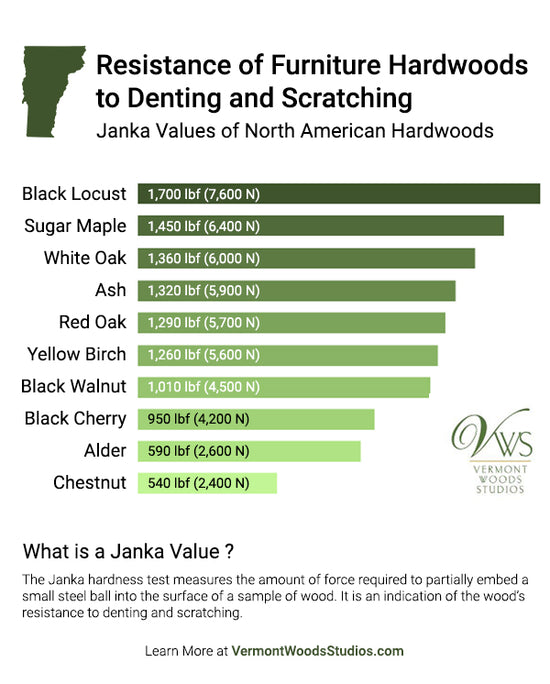
-
How Dense/Hard is Poplar Wood?
The resilience of wood is typically measured with something known as a Janka scale. During a Janka hardness test, a metal ball the size of a BB is pressed into the wood until its embedded halfway. The amount of force required to make this happen is recorded. In the case of poplar, it takes 540 pounds of force, so it’s given the rating 540 lbf or 540 Janka.
So, although poplar is still a “hardwood,” it’s not as dense or resilient as something like black cherry, which comes in at 950 Janka. For comparison, other hardwoods, including black walnut, ash, oak, and sugar maple range from over 1,000 Janka through 1,450 Janka.
Read More on the Blog
-
Hardwood Furniture Buyer's Guide, Part 1
Read MoreThis hardwood dining table, buffet and chair set is made of American black cherry wood. Mortise and tenon joints are used as well as dovetails in the drawers of the buffet.
-
5 Wood Sourcing Certifications
Read MoreSustainable wood sourcing is essential to protecting forests and conserving resources for future generations. By understanding what each designation stands for, you can make informed decisions when purchasing.
-
FSC Certified Wood: Everything You Need to Know
Read MoreSupporters of the sustainable American-made furniture movement prefer the use of domestic wood over the use of imported FSC certified wood.
-
Wood Furniture Buyer's Guide
Read MoreShopping online for high quality wood furniture requires some research. After all, fine furniture is a big investment.
-
5 Exotic Hardwoods to Avoid & Why
Read MoreWood is generally an earth friendly material because it is renewable, meaning it grows back and isn’t finite like oil, metals, or even rock. But not all species of wood are inherently sustainable.
Other Types of Wood Species
-
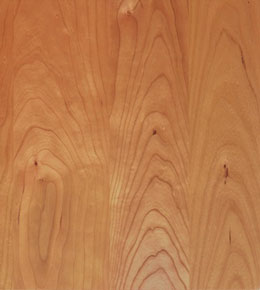
Cherry Wood
More About Cherry -
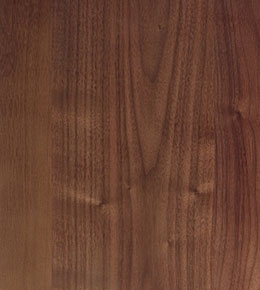
Walnut Wood
More About Walnut -
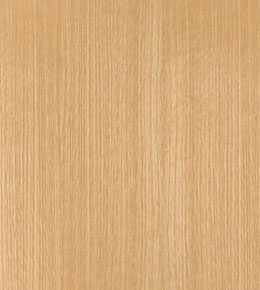
Oak Wood
More About Oak -
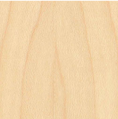
Maple Wood
More About Maple

